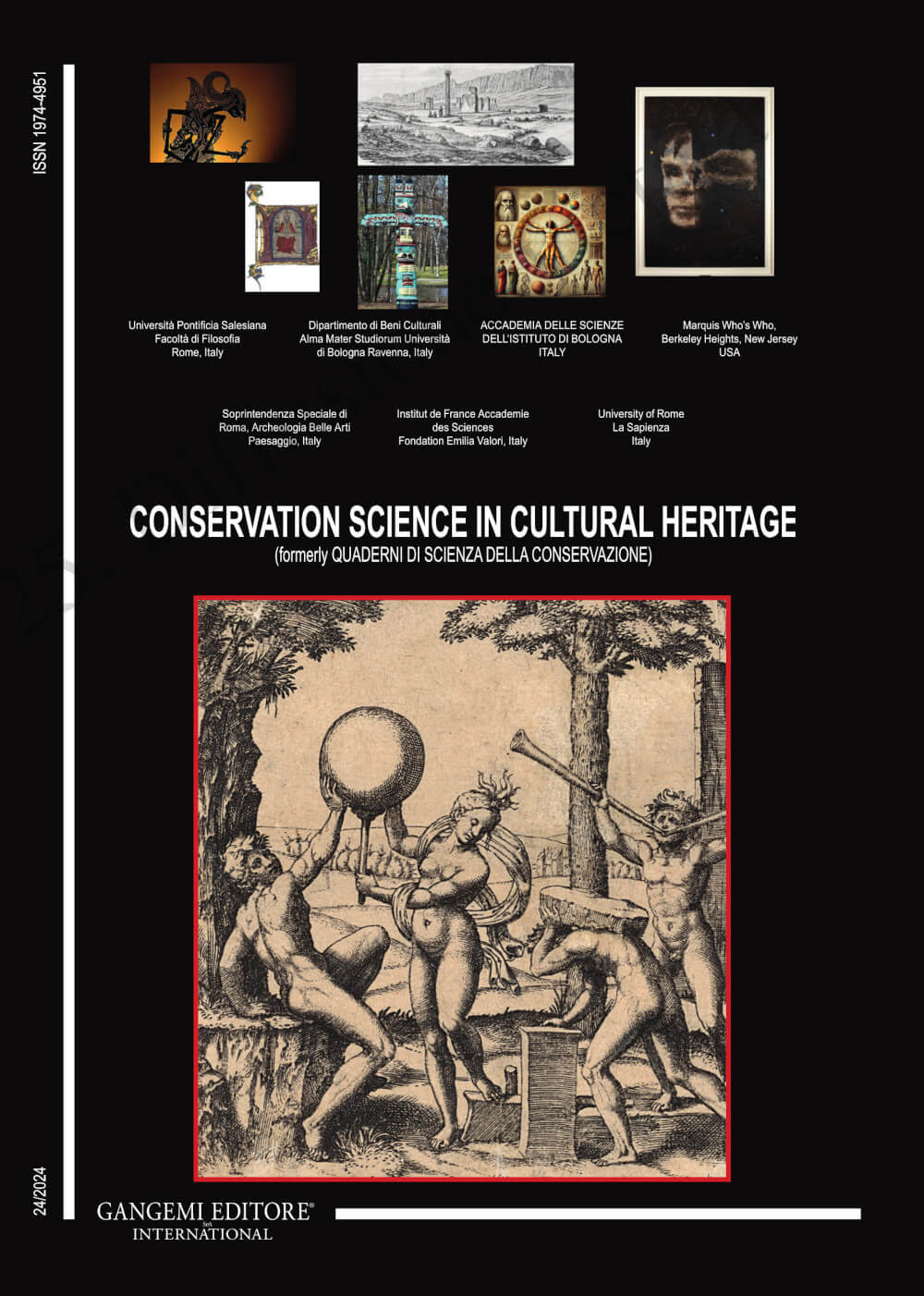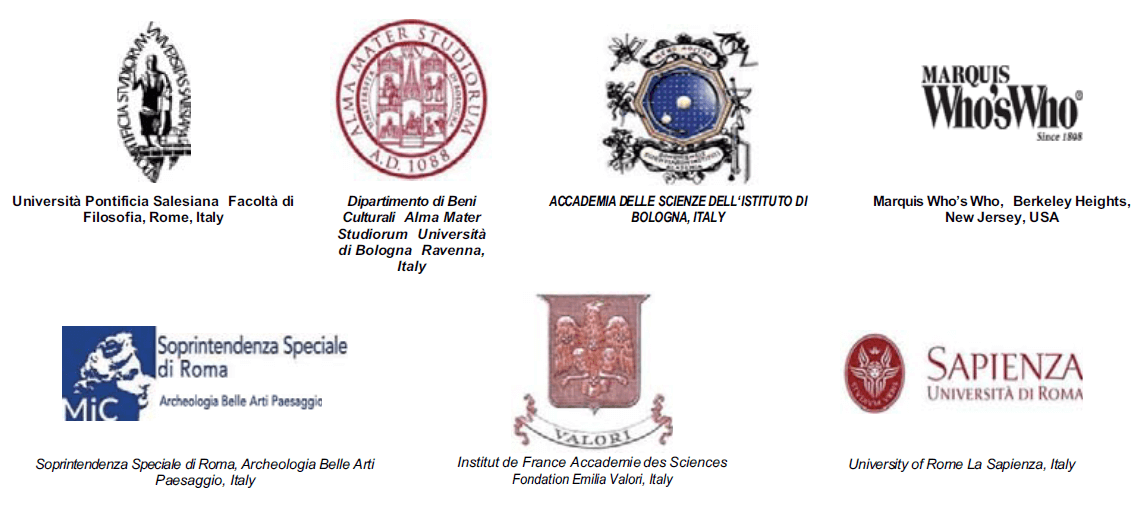The feasibility of integrating indigenous art into chinese higher art education
DOI:
https://doi.org/10.6092/issn.1973-9494/22502Keywords:
indigenous art, China, higher education, art in educationAbstract
Global experience shows that the integration of indigenous art is not only an expansion of course content, but also an innovation of the educational paradigm - it requires breaking the shackles of Western-centrism and reconstructing the Chinese art education system with the goal of multicultural symbiosis. In this process, if China can balance the relationship between tradition and modernity, local and global, and combine indigenous art with the Chinese philosophy of "harmony between man and nature", it is expected to contribute a unique ecological aesthetic education program to the world and cultivate a new generation of artists with cultural awareness and global vision. Ultimately, the educational practice of indigenous art will go beyond the scope of cultural preservation and become a catalyst for promoting social inclusion, ecological sustainability and dialogue with human civilization.
Downloads
Published
How to Cite
Issue
Section
License
Copyright (c) 2024 Zhe Li, Kun Li, Kasmalieva Anarkan Sarygulovna, Feng Zhicheng

This work is licensed under a Creative Commons Attribution 4.0 International License.





